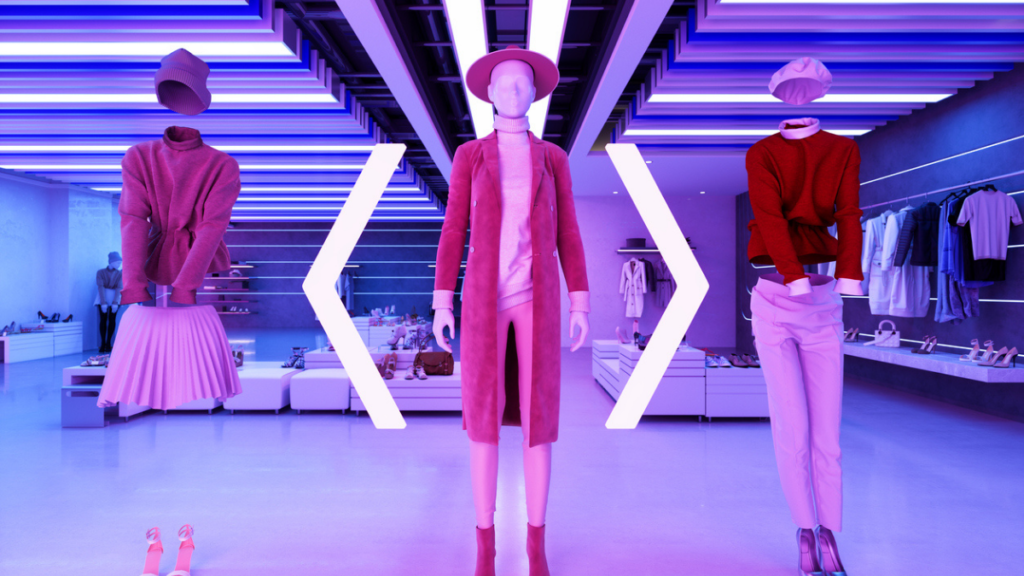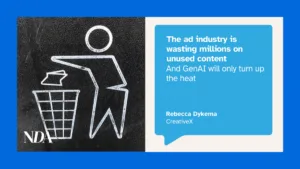By Ambeshwar Nath, Senior Vice President and Industry Head, EMEA – Consumer Products, Retail and Logistics (CRL) at Infosys
Almost overnight, Mark Zuckerberg made the phrase “metaverse” hot. Ever since, people across industries have not stopped talking about the metaverse, and from these discussions have arisen a lot of questions. Over the past few months, I’ve been watching and reading with interest as all kinds of industries peer into the future and look to work out whether the metaverse holds a space for them. The consumer packaged goods (CPG) industry is no exception, and I have been particularly interested to hear the questions they have been asking, which I outlined as follows:
Is the metaverse just a way for brands to grab attention?
Right now, this is likely the case. CPG brands will no doubt want to raise their profile and grab attention in a crowded and often undifferentiated market, and the metaverse has offered the perfect opportunity.
While the metaverse is not a new concept, the topic has prompted more column inches than any other tech trend of late. So, if retail leaders want to spotlight their brand, the metaverse could very well be the trend they’ll want to associate themselves with.
Can digital goods create a genuine revenue stream?
When people talk about digital goods, the subject often turns to digital assets such as NFTs and the speculation over metaverse real estate. For example, we’ve seen the story of a virtual Gucci bag selling for more than the ‘real’ one gaining public attention. But there are also commercial revenue streams to be realised in the form of smaller purchases which add glamour or prestige to an online persona. Arguably, in some cases social currency matters more in a digital space so there is an understandable demand for paid items, such as premium ‘skins’ and items in the video game Fortnite.
So, it is perhaps no surprise that luxury brands have been the first to spot the opportunity. Credit is due to Balenciaga, which made headlines with their unexpected but impactful Fortnite collaboration. The company brought themselves a lot of attention not just for their creativity, but also from fellow marketers who have been intrigued to see real revenue streams flowing in from the metaverse.
How is the metaverse relevant to CPG products?
Marketers need to act smarter and consider that satisfying hunger is only a small part of what food brands stand for. Digital personas may not need sustenance in the form of calories, but they will want to project the right impression and hang out in the same places as their peers, which is why major food brands are about much more than food itself. They represent value, feelings, belongings, and emotions, so that’s what they should think about when we talk about the involvement of food brands in a virtual environment.
For example, beer brand Stella Artois, long associated with horse racing, announced a sponsorship of the blockchain-based horse racing programme, Zed Run. Coca-Cola raised money for charity (and brand awareness) through an auction of NFTs based on classic Coca-Cola branded digital artworks. New emotional connections have been made with new audiences without a bite or a gulp being taken.
Do brands have the technology in place?
Whatever form brands’ involvement in the metaverse takes, its effectiveness will certainly rely on their data. E-commerce players are now using machine learning and artificial intelligence (AI) models to extract valuable customer insight from customer data, which in return creates a better experience for the customer. This solid data foundation, and the technology to analyse and leverage that data, will be just as essential to success in the next generation of digital commerce.
Looking into the future
While we cannot predict the future, we know that the use of social technology is evolving fast, and we know that it never goes backwards. We’ve also learned that some early movers have had the potential to become zillionaires, while the vast majority have gotten their timing wrong, and their fingers burned.
But if we keep our minds open to the possibilities and understand the risk versus reward for investing at this stage, CPG brands could be ready at the right time. The metaverse is something of a minefield right now, but it is quickly being cleared and, soon enough, brands will be marching in and staking a claim for their share of the metaverse audience. They’ll just need to ensure they’re ready to act faster and smarter than their competitors.









